1T size in months is a common question among parents looking for the right size of clothing for their babies. It is important to find clothing that fits well and allows for comfortable movement and growth. Understanding the size and how it compares to other sizes can help parents make informed decisions when selecting clothing for their little ones.
When it comes to baby clothing sizes, there is no standard measurement that applies to all brands. However, most clothing companies use weight and height ranges to determine their sizes. 1T size typically refers to clothing that is designed to fit toddlers who weigh between 20 and 26 pounds and are around 31 to 34 inches tall.
It is important to note that these measurements are just a guideline, and parents should always refer to the size chart provided by the brand to ensure the best fit for their baby.
Key Takeaways
- 1T size in months typically refers to clothing that fits toddlers who weigh between 20 and 26 pounds and are around 31 to 34 inches tall.
- Baby clothing sizes vary among brands and there is no standard measurement that applies to all.
- Parents should always refer to the size chart provided by the brand to ensure the best fit for their baby.
Understanding 1T Size
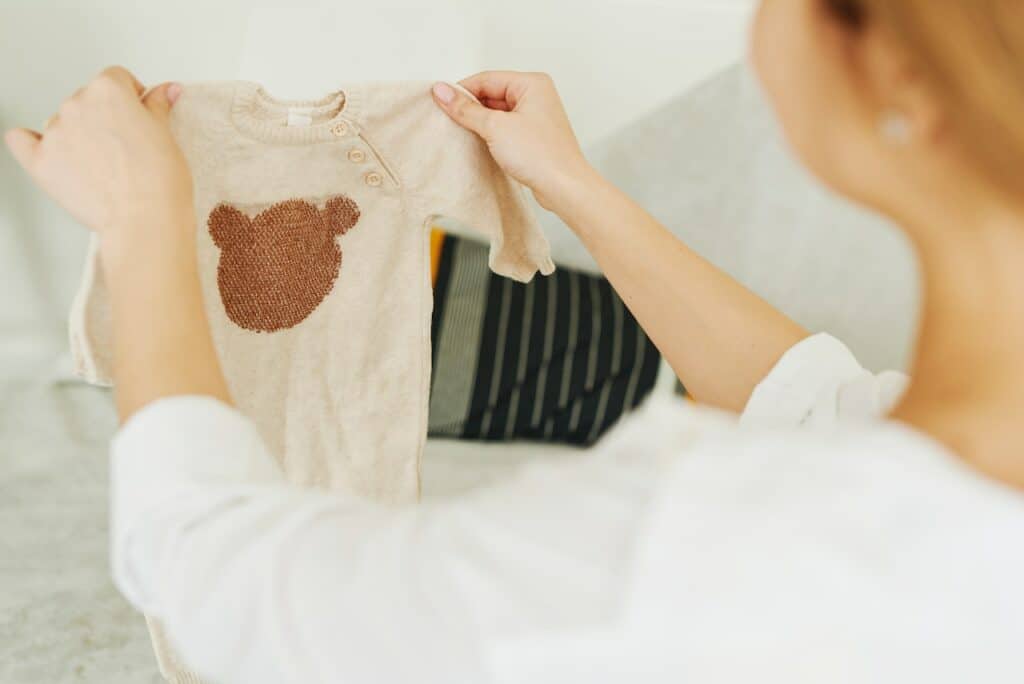
When it comes to buying clothes for toddlers, one of the most common questions parents ask is “what size is 1T in months?” The answer is not always straightforward, as it depends on the child’s age, weight, and height. In this section, we will explore the concept of 1T size and provide some helpful tips for finding the right size for your little one.
Firstly, it’s important to note that 1T is not a standard size in baby clothing. Instead, it is a size that typically falls between 12 months and 18 months. In other words, a child who is wearing 1T clothing is likely around 12-18 months old. However, this can vary depending on the brand and the child’s individual measurements.
To help you find the right size for your child, it’s always a good idea to consult a sizing chart. These charts can be found on most clothing retailers’ websites and provide a general guideline for what size to purchase based on the child’s weight and height. Keep in mind that these charts are not always 100% accurate, so it’s important to also take into account your child’s individual measurements.
When comparing 1T to other sizes, it’s important to note that 1T is typically larger than 12 months but smaller than 18 months. This can be helpful when trying to decide between sizes, as you can use 1T as a reference point. However, it’s important to always refer to the specific sizing chart for the brand you are purchasing from, as sizes can vary.
In conclusion, while the concept of 1T size can be confusing, it’s important to remember that it is simply a size that falls between 12-18 months. By consulting sizing charts and taking into account your child’s individual measurements, you can ensure that you are purchasing the right size for your little one.
Comparison with Other Sizes
When it comes to baby clothing sizes, it can be confusing to know what size to buy for your little one. In this section, we will compare the size of 1T in months to other common baby clothing sizes to help you make an informed decision.
12 Months
12-month clothing is designed to fit babies who are approximately 28-30 inches tall and weigh 20-24 pounds. This size is typically recommended for babies who are around 12 months old. Compared to 1T, 12-month clothing is smaller and more snug-fitting, as it is designed for younger babies.
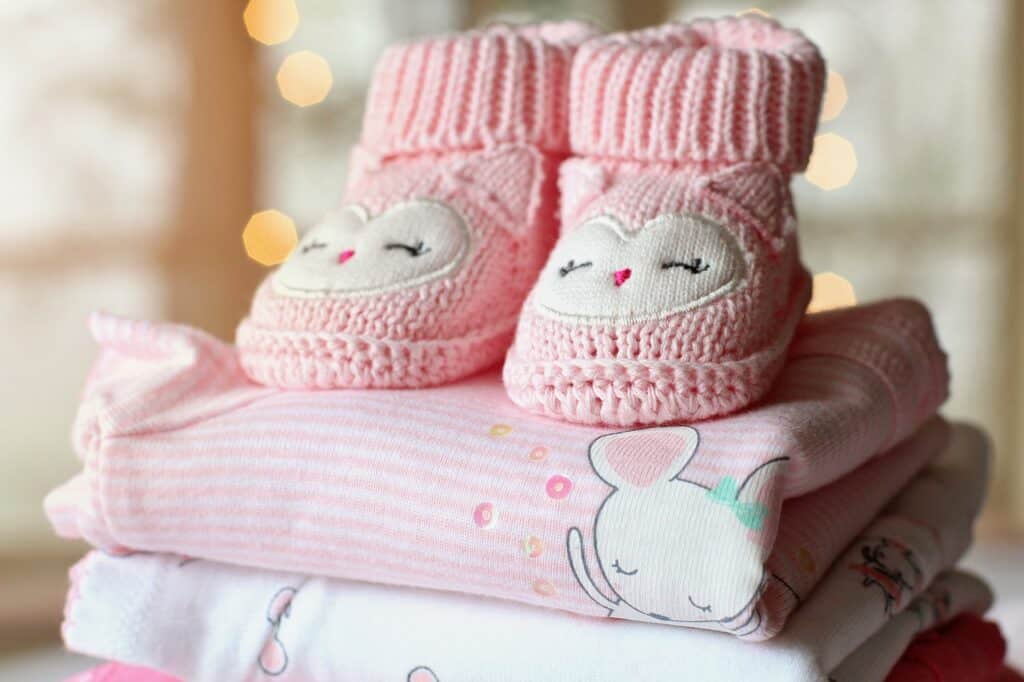
18 Months
18-month clothing is designed to fit babies who are approximately 30-32 inches tall and weigh 24-28 pounds. This size is typically recommended for babies who are around 18 months old. Compared to 1T, 18-month clothing is slightly smaller and more snug-fitting.
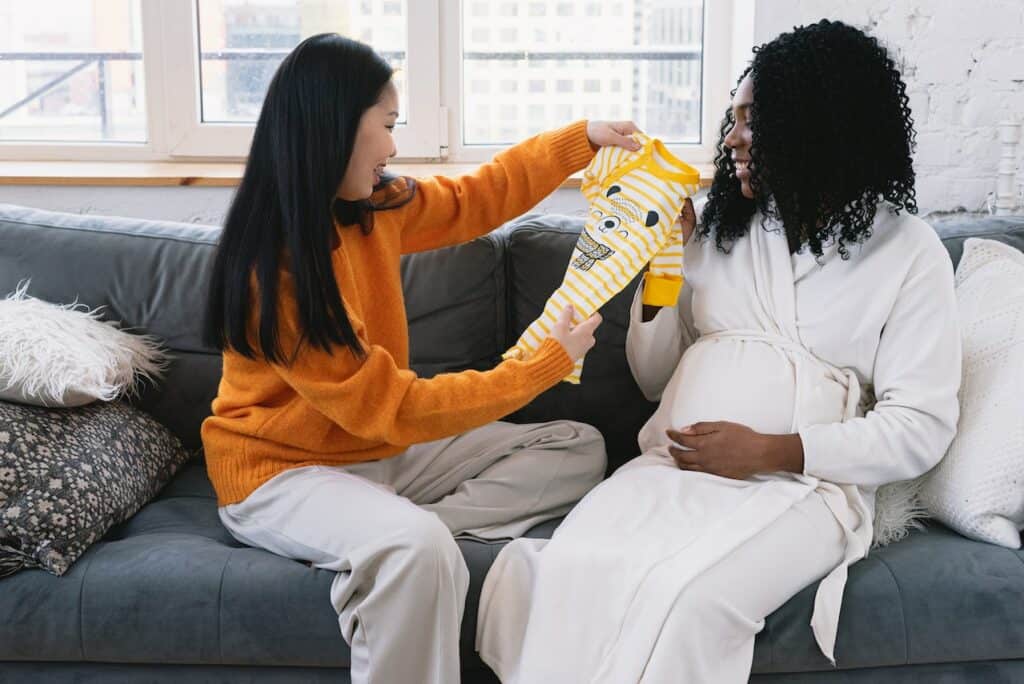
2T
2T clothing is designed to fit toddlers who are approximately 32-36 inches tall and weigh 28-32 pounds. This size is typically recommended for toddlers who are around 2 years old. Compared to 1T, 2T clothing is larger and more roomy, as it is designed for older toddlers.
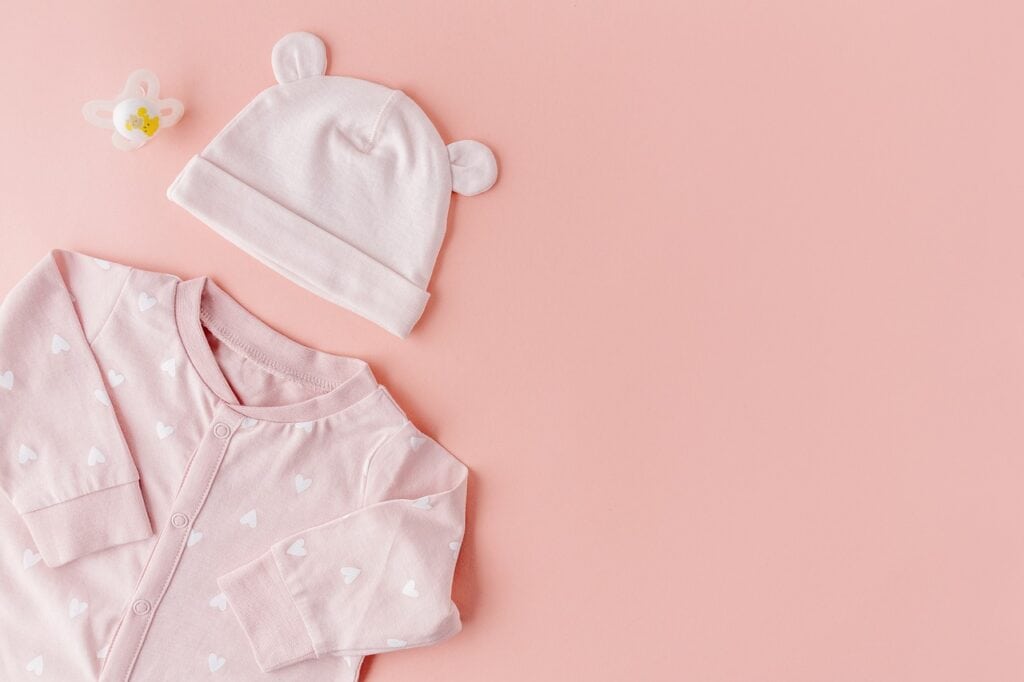
3T
3T clothing is designed to fit toddlers who are approximately 36-39 inches tall and weigh 32-35 pounds. This size is typically recommended for toddlers who are around 3 years old. Compared to 1T, 3T clothing is much larger and more roomy, as it is designed for older toddlers.

9-12 Months
9-12 month clothing is designed to fit babies who are approximately 22-25 inches tall and weigh 14-20 pounds. This size is typically recommended for babies who are between 9 and 12 months old. Compared to 1T, 9-12 month clothing is smaller and more snug-fitting, as it is designed for younger babies.
18m
18m clothing is designed to fit babies who are approximately 26-29 inches tall and weigh 20-24 pounds. This size is typically recommended for babies who are around 18 months old. Compared to 1T, 18m clothing is slightly smaller and more snug-fitting.
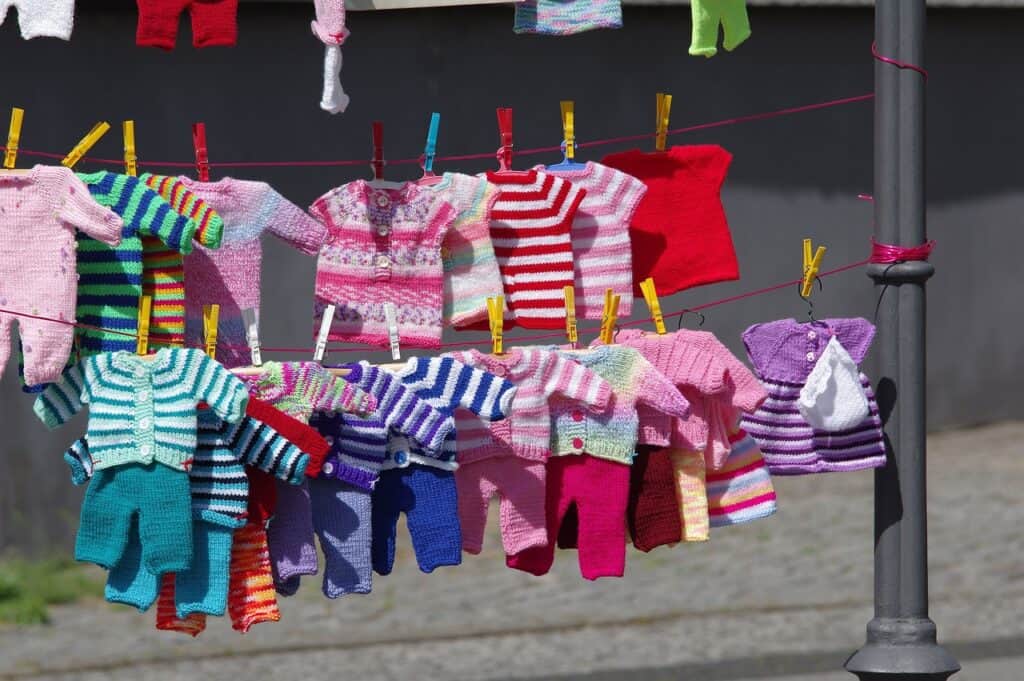
3m
3m clothing is designed to fit babies who are approximately 21 inches tall and weigh 8-12 pounds. This size is typically recommended for newborns who are up to 3 months old. Compared to 1T, 3m clothing is much smaller and more snug-fitting, as it is designed for very young babies.
6m
6m clothing is designed to fit babies who are approximately 24 inches tall and weigh 12-16 pounds. This size is typically recommended for babies who are between 3 and 6 months old. Compared to 1T, 6m clothing is smaller and more snug-fitting, as it is designed for younger babies.
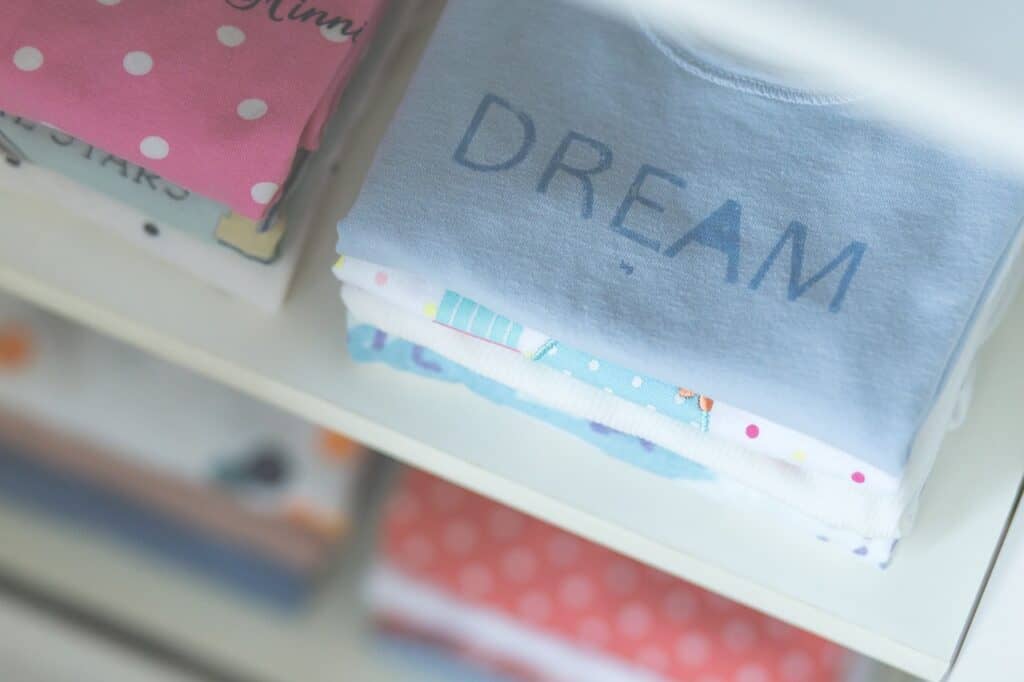
9m
9m clothing is designed to fit babies who are approximately 26 inches tall and weigh 16-20 pounds. This size is typically recommended for babies who are between 6 and 9 months old. Compared to 1T, 9m clothing is smaller and more snug-fitting, as it is designed for younger babies.
NB Newborn
NB (Newborn) clothing is designed to fit babies who are approximately 17-21 inches tall and weigh up to 9 pounds. This size is typically recommended for babies who are newly born. Compared to 1T, NB clothing is much smaller and more snug-fitting, as it is designed for very young babies.
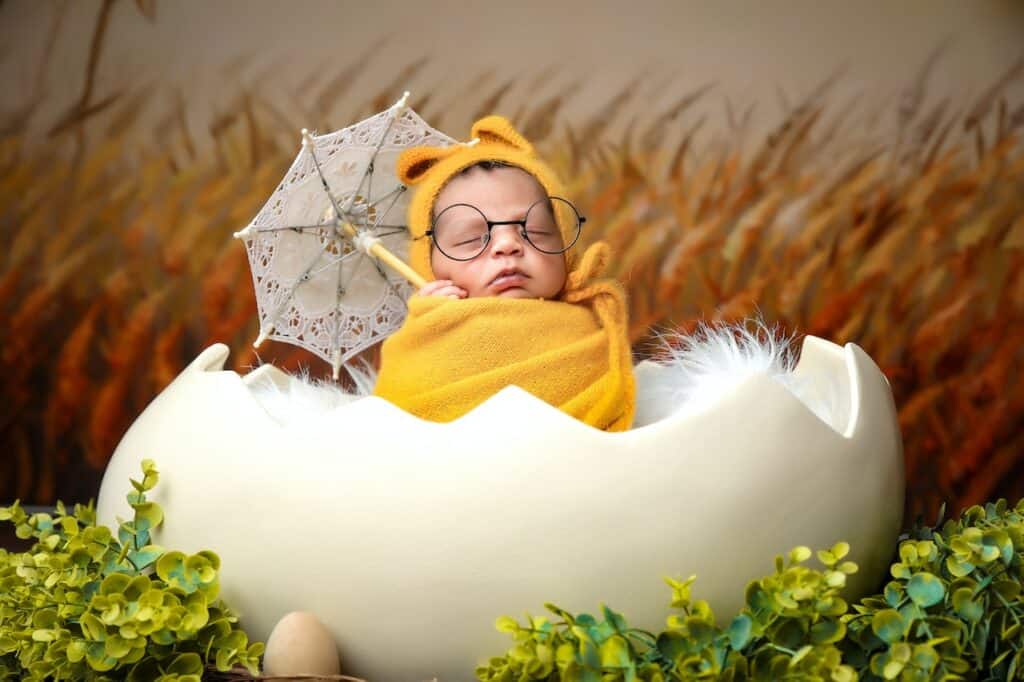
P Preemie
P (Preemie) clothing is designed to fit babies who are born prematurely and weigh less than 6 pounds. This size is typically recommended for premature babies. Compared to 1T, P clothing is much smaller and more snug-fitting, as it is designed for very small and delicate babies.
Importance of Size in Baby Clothing
Choosing the right size of clothes for a baby or toddler is important for several reasons. First, it ensures that the child is comfortable and able to move around freely. Ill-fitting clothes can be restrictive and cause discomfort, which can make the child fussy and irritable.
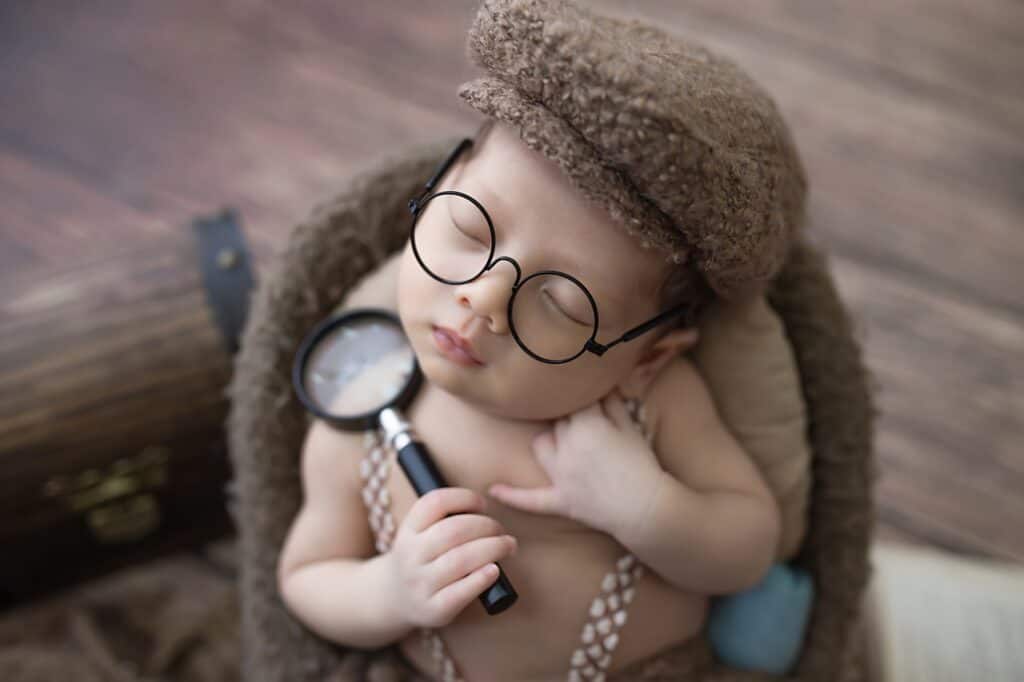
Second, properly fitting clothes can help prevent accidents. Clothes that are too big can get caught on things or trip the child, while clothes that are too small can restrict movement and cause falls.
Third, choosing the right size of clothes can help parents save money. Babies grow quickly, and clothes that are too small may only be worn a few times before they are outgrown. On the other hand, clothes that are too big may not fit properly and may need to be replaced sooner than necessary.
When shopping for baby clothes, it’s important to pay attention to the size labels. Different brands may have different sizing standards, so it’s important to check the size chart provided by the manufacturer. Newborn sizes are typically for babies up to 8 pounds, while sizes for infants and toddlers are based on age and weight ranges.
In general, it’s better to err on the side of caution and choose a slightly larger size rather than a smaller one. Babies and toddlers grow quickly, and clothes that are slightly too big can be rolled up or cuffed until they fit properly.
Overall, choosing the right size of clothes is an important aspect of caring for a baby or toddler. By paying attention to size labels and choosing clothes that fit properly, parents can help ensure their child’s comfort, safety, and well-being.
Factors Influencing Size Selection
When selecting a size for a child, there are several factors to consider. These factors can influence the size selection and ensure that the child is comfortable and safe in their clothing.
1. Age
Age is an important factor in selecting the appropriate size for a child. As children grow, their clothing size changes. It is essential to consider the age of the child when selecting the size of clothing. For example, a newborn baby will require smaller clothing sizes than a toddler.
2. Weight and Height
Weight and height are important factors to consider when selecting the appropriate size of clothing. For instance, a child who is tall for their age may require a larger size of clothing than a child who is shorter. Similarly, a child who is heavier may require a larger size of clothing than a child who is lighter.
3. Length
The length of the child is also an essential factor to consider when selecting the appropriate size of clothing. For instance, a child who is long in the torso may require a larger size of clothing than a child who is shorter in the torso.
4. Baby Weight
When selecting clothing for a baby, it is essential to consider the baby’s weight. Babies grow quickly, and it is essential to select clothing that is not too tight or too loose. For instance, a baby who weighs 8 pounds may require a size “Newborn” or “0-3 months” clothing.
5. Toddler Sizing
When selecting clothing for toddlers, it is essential to consider their activity level. Toddlers are active, and it is essential to select clothing that allows them to move freely. For instance, a toddler who is learning to walk may require clothing that is not too tight or restrictive.
In summary, several factors influence the size selection of clothing for children. Age, weight, height, length, baby weight, and toddler sizing are all essential factors to consider when selecting the appropriate size of clothing for a child. By considering these factors, parents can ensure that their child is comfortable and safe in their clothing.
Comfort and Mobility
When it comes to baby clothing sizes, comfort and mobility are two of the most important factors to consider. It is important to choose clothing that allows for free movement, as this will help your baby develop their motor skills.
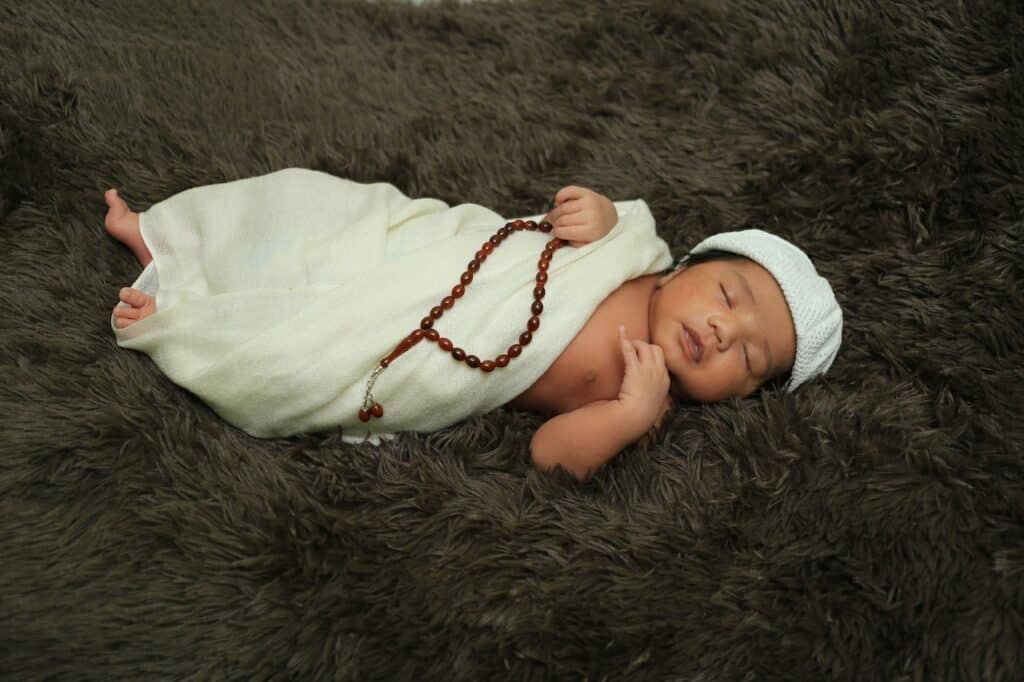
For mobile babies who are crawling or walking, it is important to choose clothing that is not too restrictive. Loose-fitting clothing made from soft, breathable fabrics such as cotton or bamboo will help to keep your baby comfortable and allow for ease of movement.
When it comes to sizing, 1T is typically equivalent to 12 months. However, it is important to keep in mind that every baby is different and may grow at different rates. It is always a good idea to measure your baby’s height and weight to ensure that you are choosing the right size.
In addition to comfort and mobility, it is also important to consider the practicality of the clothing. Clothing with snaps or zippers can make diaper changes easier, while clothing with built-in footies can help to keep your baby’s feet warm and prevent them from slipping.
Overall, when choosing clothing for your baby, it is important to prioritize comfort and mobility to help them develop their motor skills and explore the world around them.
Clothing Features and Size
When it comes to clothing, understanding the size can be a challenge, especially when dealing with baby clothes. In particular, one common question is what size is 1t in months? In this section, we will explore the various clothing features that affect size and provide a general guide to help you determine the appropriate size for your little one.
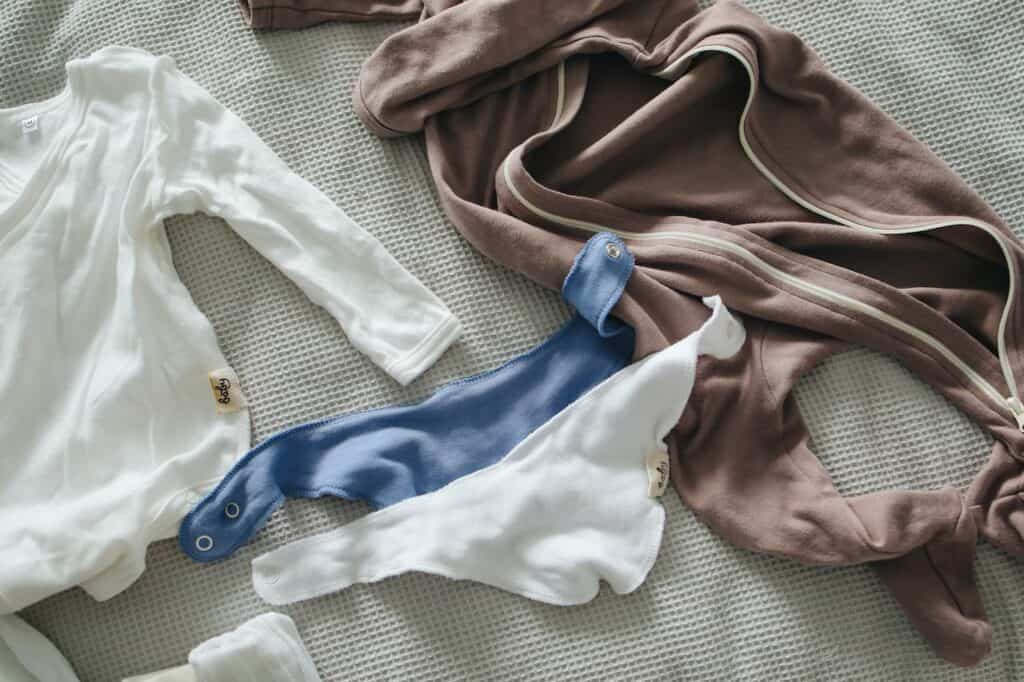
1. Fabric
The type of fabric used in baby clothes can affect the size and fit of the garment. Some fabrics, such as cotton, are more prone to shrinkage than others. It is important to read the care instructions on the label and follow them carefully to avoid any unwanted shrinkage.
2. Elastic Waistbands
Elastic waistbands are commonly used in baby clothes to allow for easy on and off and to accommodate growth. However, the amount of stretch in the elastic can vary, affecting the overall fit of the garment. It is important to check the size chart and consider the amount of stretch in the elastic when selecting a size.
3. Buttons, Zippers, and Snaps
Buttons, zippers, and snaps can also affect the fit of baby clothes. If the garment is too tight or too loose in the chest or waist, it can cause the buttons to gap or the zipper to pull. It is important to consider the placement of these features when selecting a size.
4. Footed Pajamas
Footed pajamas are a popular choice for babies and toddlers, but they can be tricky when it comes to sizing. It is important to consider the length of the footed portion when selecting a size. If the footed portion is too long, it can cause the child to trip or become tangled. If it is too short, it can be uncomfortable and restrict movement.
In general, 1t is equivalent to 12 months in baby clothing sizes. However, it is important to keep in mind the various clothing features that can affect the size and fit of the garment. By considering these factors and referring to the size chart, you can select the appropriate size for your little one with confidence.
5. Brands and Sizing
When it comes to buying clothes for babies, parents often find it challenging to determine the right size. Brands and sizing can vary significantly, making it difficult to know what size to choose. This section will provide some insight into how different brands size their clothes and what to look out for when buying baby clothes.
6. UK Sizes
In the UK, baby clothes are typically sized according to age in months. For example, 1T would be equivalent to 12 months. However, it’s important to note that not all brands follow this sizing convention. Some brands may use different age ranges or use a combination of age and weight to determine the appropriate size.
7. European Sizing
In Europe, baby clothes are typically sized according to height in centimeters. For example, a baby who is 80cm tall would wear size 80 clothes. Again, not all brands follow this convention, so it’s essential to check the sizing chart for each brand.
8. Clothing Brands
Different clothing brands may also have their own sizing conventions. Some brands may run small, while others may run large. It’s essential to check the sizing chart for each brand before making a purchase. Additionally, some brands may offer different fits, such as slim or relaxed, so it’s important to consider this when choosing a size.
Overall, when it comes to buying baby clothes, it’s essential to consider the brand’s sizing conventions. UK sizes are typically based on age, while European sizes are based on height. However, different brands may have their own sizing conventions, so it’s essential to check the sizing chart before making a purchase.
Size and Diaper Changes
When it comes to diaper changes, one of the most important considerations is the size of the diaper. For babies who weigh 1t, or 1 ton, diaper size is not a concern as it is not a realistic weight for a human baby. However, for babies who weigh 1 tonne or less, finding the right size diaper is crucial for comfort and effectiveness.
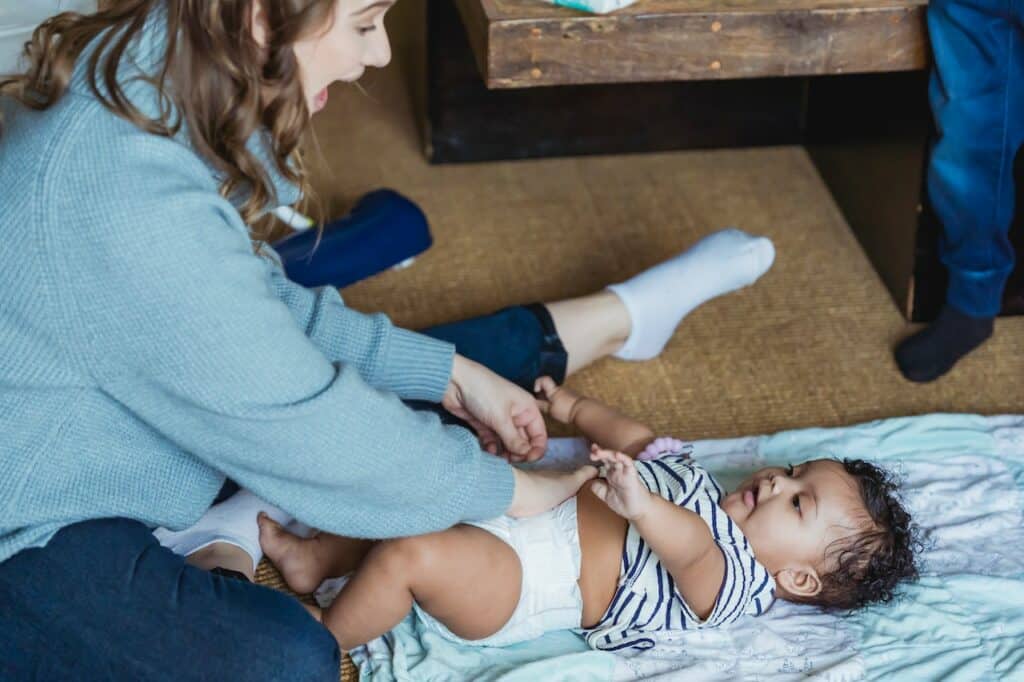
Most diaper brands offer a sizing chart based on weight, with each size accommodating a specific weight range. For babies weighing around 1t, the appropriate diaper size would be for larger toddlers or children.
It’s important to note that as babies grow and develop, their diaper needs may change. For example, a baby who is potty trained will no longer require diapers. Additionally, some babies may require more frequent diaper changes than others, depending on factors such as their diet and activity level.
Parents should also be aware of the signs that their baby needs a diaper change, such as a full or sagging diaper, or a foul odor. Regular diaper changes are important not only for the baby’s comfort, but also for their hygiene and overall health.
In summary, while 1t is not a realistic weight for a human baby, finding the right size diaper for a baby weighing 1 tonne or less is important for their comfort and effectiveness. Regular diaper changes are also crucial for maintaining good hygiene and overall health.
Choosing a Larger Size
When it comes to choosing the right size for your child, it’s important to consider their current measurements as well as their growth rate. While 1T is typically designed for 12-month-olds, some children may outgrow this size sooner than others.
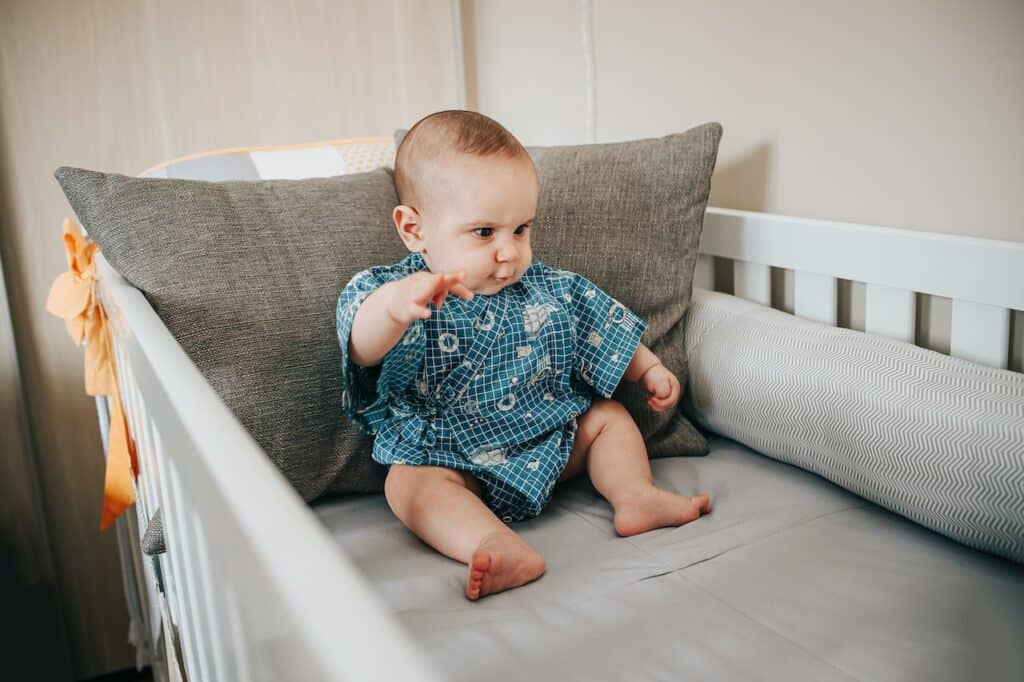
If you find that your child is quickly outgrowing their 1T clothing, it may be time to consider moving up to a larger size. Here are a few things to keep in mind when choosing a larger size:
-
Consider your child’s weight and height: Look for clothing that is designed for your child’s weight and height range. This will help ensure a better fit and reduce the risk of discomfort or irritation.
-
Check the sizing chart: Different brands may have slightly different sizing charts, so it’s important to check the chart for each individual brand before making a purchase.
-
Don’t be afraid to try different brands: Just because your child fits into a certain size for one brand doesn’t necessarily mean they will fit into the same size for another brand. Don’t be afraid to try out different brands to find the best fit for your child.
-
Look for adjustable features: Some clothing items, such as pants or dresses, may have adjustable features such as elastic waistbands or straps. These can be helpful in ensuring a better fit as your child grows.
Overall, when it comes to choosing a larger size for your child, it’s important to consider their individual needs and growth rate. By taking the time to find the right fit, you can help ensure your child is comfortable and happy in their clothing.
Research on Baby Clothing Sizes
When it comes to baby clothing sizes, it can be difficult to know what size to buy for your little one. There are many factors that can influence the sizing of baby clothes, including the brand, the material, and the style of the garment. To help parents make informed decisions when it comes to buying baby clothes, researchers have conducted studies on baby clothing sizes.

One study published in the Journal of Textile and Apparel, Technology and Management found that there is a significant variation in sizing among different brands of baby clothing. The study analyzed the sizing of 168 different garments from 11 different brands and found that there was a variation of up to 5 cm in the length of the garments and up to 4 cm in the width. This means that a baby who wears a size 3-6 months in one brand may need to wear a size 6-9 months in another brand.
Another study published in the Journal of Family and Consumer Sciences found that the sizing of baby clothes is often inconsistent within the same brand. The study analyzed the sizing of 64 different garments from one brand and found that there was a variation of up to 3 cm in the length of the garments and up to 2 cm in the width. This means that even within the same brand, a baby who wears a size 3-6 months in one garment may need to wear a size 6-9 months in another garment from the same brand.
To help parents navigate the confusing world of baby clothing sizes, some brands have started to offer size charts that provide more detailed measurements for each size. These size charts can be helpful in determining which size to buy for your baby, but it is important to keep in mind that there may still be some variation in sizing between different brands and even within the same brand.
Overall, it is important for parents to be aware of the potential variation in sizing when buying baby clothes and to be prepared to try on different sizes to find the best fit for their little one.
Also, do not miss to check a related post: What is the Difference Between 4T and 4: Explained
Frequently Asked Questions
What age is size 1T for?
Size 1T is typically designed for toddlers who are around 12 to 18 months old. However, it is important to keep in mind that every child grows at their own pace, so it is always best to check the specific measurements provided by the manufacturer before making a purchase.
Is size 1T the same as 18 months?
While size 1T is generally intended for toddlers around 12 to 18 months old, it is not necessarily the same as 18 months. The sizing can vary between different brands and manufacturers, so it is important to check the specific measurements provided by the manufacturer before making a purchase.
What size is 2T in months?
Size 2T is typically designed for toddlers who are around 18 to 24 months old. Again, it is important to keep in mind that every child grows at their own pace, so it is always best to check the specific measurements provided by the manufacturer before making a purchase.
What does size 1 2T mean?
Size 1 2T is a combination size that is intended for toddlers who are around 12 to 24 months old. This size is designed to fit children who are transitioning from size 1T to size 2T.
Is 2T the same as 18 months?
While size 2T is generally intended for toddlers around 18 to 24 months old, it is not necessarily the same as 18 months. The sizing can vary between different brands and manufacturers, so it is important to check the specific measurements provided by the manufacturer before making a purchase.
What size is 1T-2T?
Size 1T-2T is a combination size that is intended for toddlers who are around 12 to 24 months old. This size is designed to fit children who are transitioning from size 1T to size 2T. It is important to note that the sizing can vary between different brands and manufacturers, so it is always best to check the specific measurements provided by the manufacturer before making a purchase.

Iesha is a loving mother of 2 beautiful children. She’s an active parent who enjoys indoor and outdoor adventures with her family. Her mission is to share practical and realistic parenting advice to help the parenting community becoming stronger.
